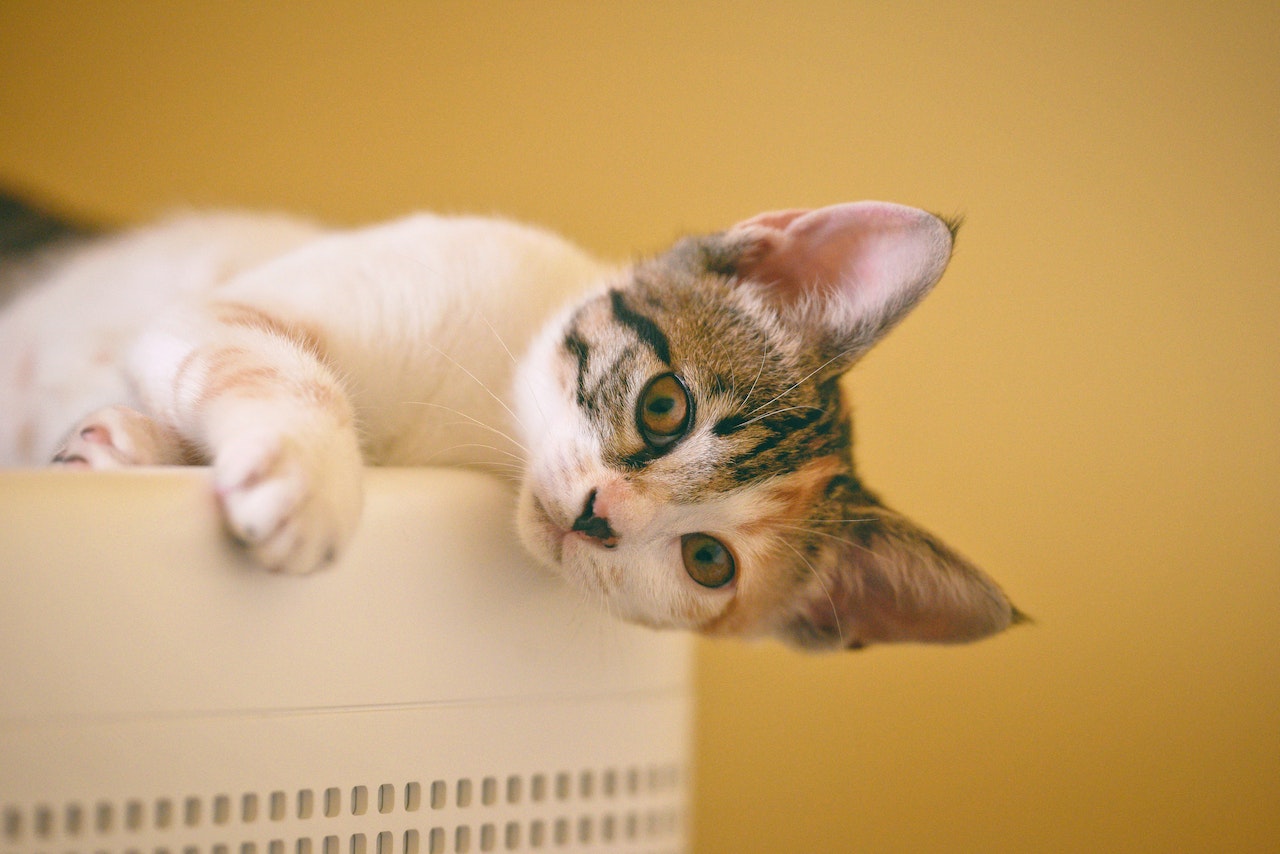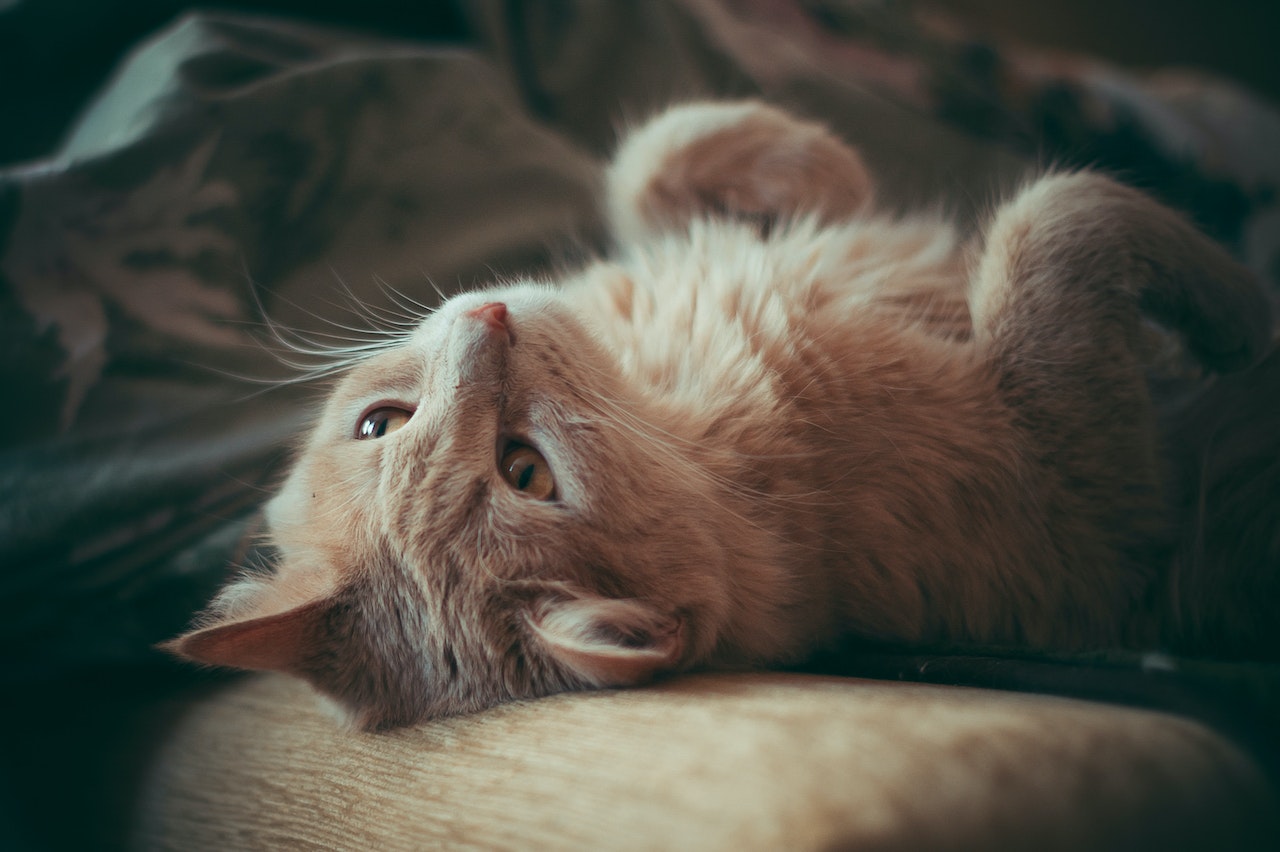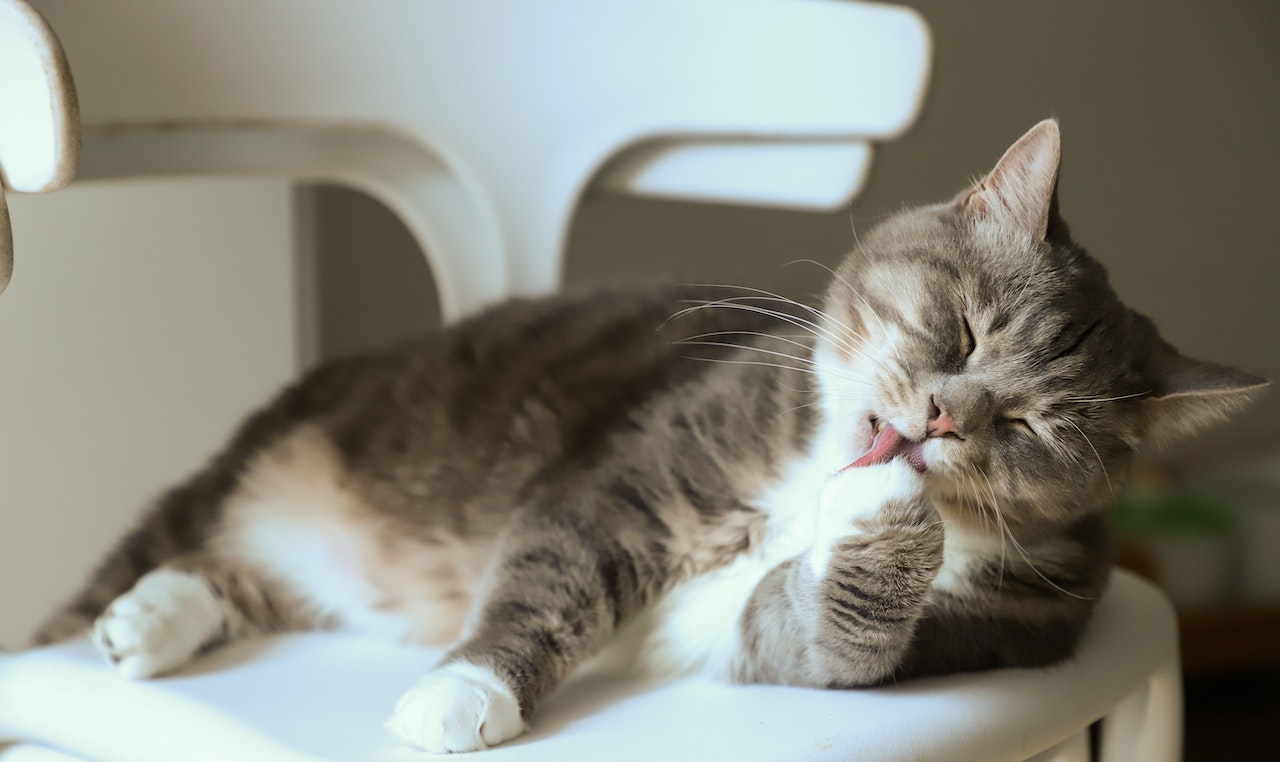Clear, shiny eyes, lively ears, shimmering coat and supple gait: health can actually be seen! At least mostly. The external appearance says a lot about the health of a cat. However, you should take a close look and look at the animal once a day from the tip of the nose to the tip of the tail - because unfortunately there are a number of diseases that have symptoms that are easy to overlook at the beginning, such as an increasing reluctance to move, you can get used to them, and later worsening of the symptoms is hardly noticeable. 
Basically, the sooner diseases are discovered and treated in a targeted manner, the better the chances of a cure. Or, should this not be possible, at least for a significant alleviation of the symptoms. Only those who get used to ticking off a kind of health checklist every day can be sure that they will recognize even minor deviations at an early stage and bring their animal to the veterinary practice for an examination in good time. The deviations can also consist of a changed smell or a different vocal language of the cat.
behavior and body language
You can tell whether the cat is doing well by its behavior. If she is as relaxed, playful or relaxed as always, you can assume that she feels good and is also healthy.
Tiredness, listlessness and listlessness can be the first symptoms of an illness. Even if the cat is very restless, it may feel uncomfortable. Loss of appetite is another indication of malaise. Often there is nothing bad behind it, and after a few hours the discomfort is forgotten. But if the condition has not improved significantly after a day, you should consult a veterinarian.
If you have other behaviors, such as crawling, tense posture, limping, avoiding certain movements or problems going to the toilet, you should immediately go to your trusted veterinary practice, because these behavioral changes can always indicate pain.

The reflection has to be right
In a healthy cat, each half of the body is a mirror image of the other. If you compare both halves of the body and face, deviations such as swelling are much more noticeable than if only one side were considered in isolation.
Eyes, ears and nose should be examined closely and checked for changes such as swelling, adhesions, crusts or the like. The pupils of both eyes are always the same size in healthy cats. If one pupil is wider than the other, the cat needs to go to the vet immediately - because serious nerves or eye problems can be behind it. Constant rubbing of the eyes or scratching of the ears indicates itching or pain. In these cases, the cat should also be examined by a veterinarian. You should also smell your ears, because inflammations in the depths of the ear canal are more likely to be recognized by their unpleasant smell than by seeing them.
Most cats can hide for a very long time when their sensory organs become less efficient. If the cat can no longer see well, it has problems recognizing obstacles and misjudges distances, for example when jumping. If the cat is hard of hearing, it will have difficulty locating noises, if it is completely deaf it will no longer react to noises such as the rustling of the food bag. Cats that have problems with their sense of smell no longer taste the food properly.

show teeth
Loss of appetite can also be a sign of dental problems. In fact, around a third of all adult cats suffer from tartar, gingivitis and other muzzle diseases. Dental diseases often represent foci of inflammation with long-distance effects on vital organs such as the heart, kidneys and liver and must therefore be treated quickly and effectively.
A look into the mouth is therefore required every day. Very often you smell the mishap before you see it. Bad breath is almost always a clear symptom of a sore mouth or decayed teeth.
A pungent bad breath can also result from kidney disease or diabetes. When inspecting the muzzle, look out for yellow or brown plaque, broken tooth tips, or reddening of the normally pink oral mucosa.
Speaking of mucous membranes: These are colored red in healthy cats. Inflammation leads to redness, liver disease turns the mucous membranes yellowish, a purple-bluish discoloration indicates a lack of oxygen and paleness is a symptom of anemia. Any discoloration of the mucous membranes indicates serious health problems and is therefore a case for the veterinarian.
fur and skin
The coat of a cat that feels good is clean and has hardly any odor of its own.
Depending on the breed, it's either shiny and close-fitting or fluffy and fluffy. Matted, dirty or sticky spots in the fur can be an indication of inflammation, injury or parasite infestation. But they can also occur when the cat can no longer clean itself properly - for example, when it has back pain. Inflamed or morbidly greasy skin also often smells unpleasant. 
But not only too little cleaning, but also too much personal hygiene can be an indication of a disease, such as an allergic skin inflammation that leads to itching. A dull or greasy coat and dandruff can result from a lack of vitamins or trace elements or be the result of hormonal imbalances or parasite infestation.
Skin and fur should not only be examined with the eyes, but also with the hands. This is the only way to discover small swellings or tiny crusts. And while you're at it, you can gently pull a skin fold with your index finger and thumb. If this disappears immediately as soon as you let go of the skin, everything is fine. If the skin fold remains, this is an indication of a serious lack of fluids. The best thing to do is combine the useful with the pleasant and carry out a palpation examination of the skin and fur as part of an extended cuddling session.









